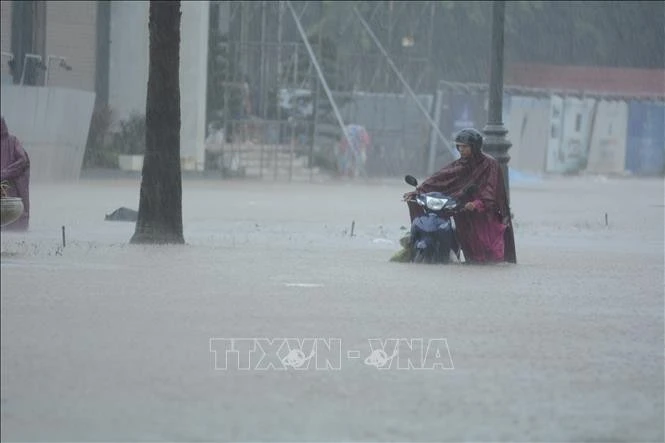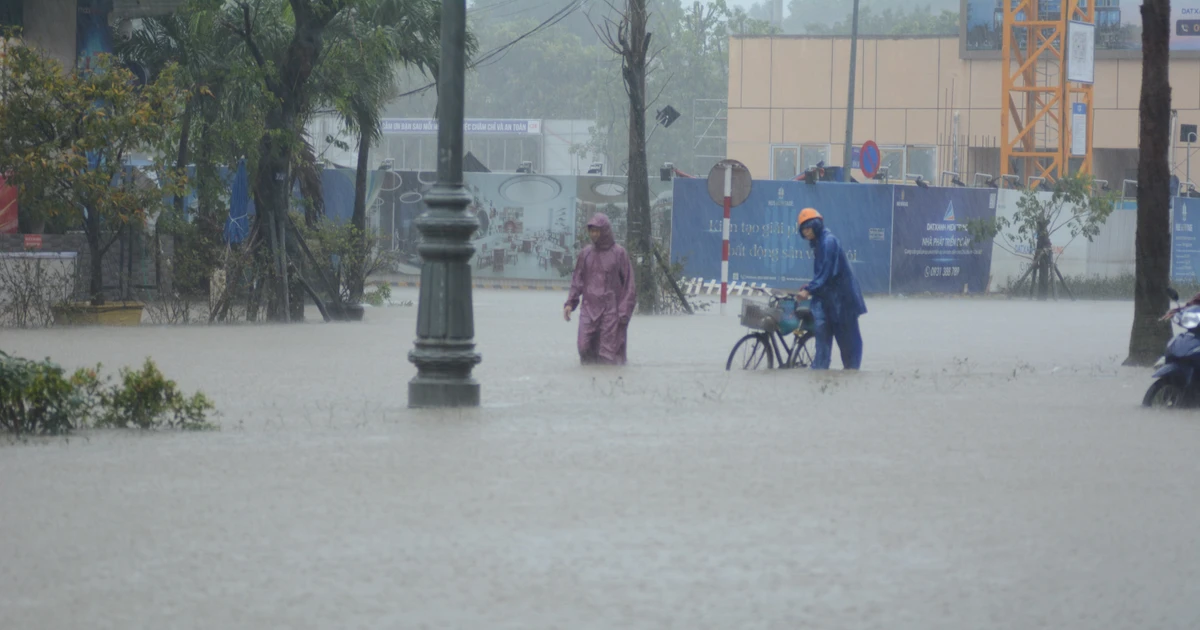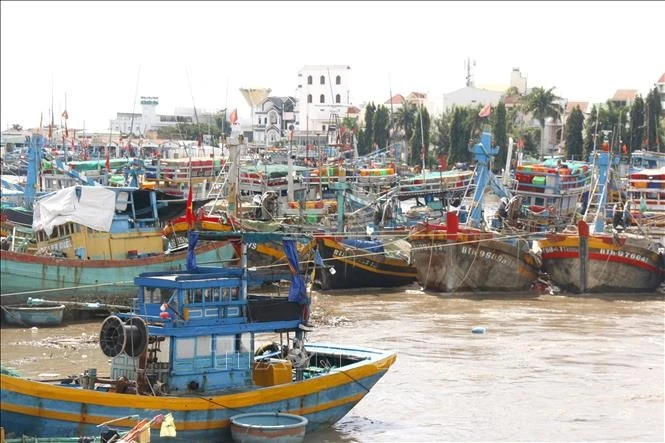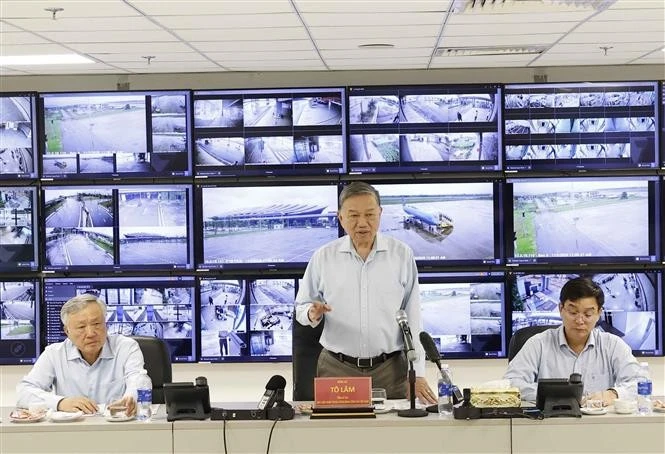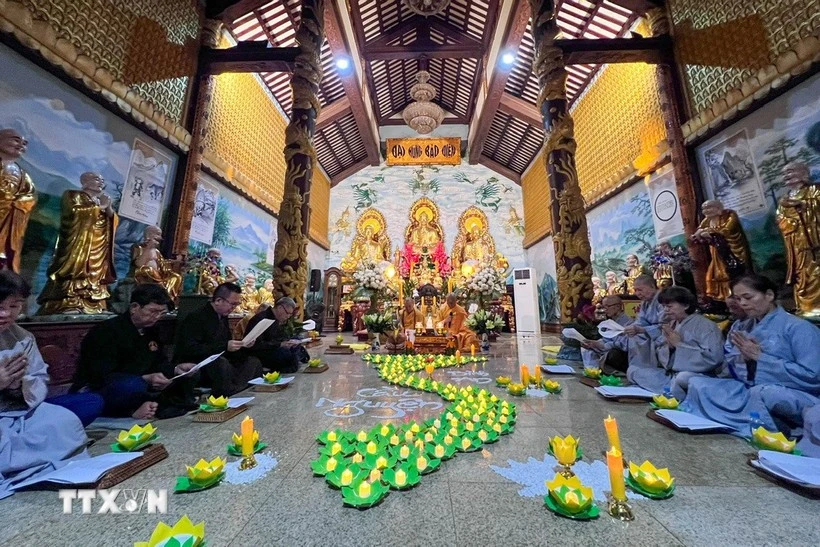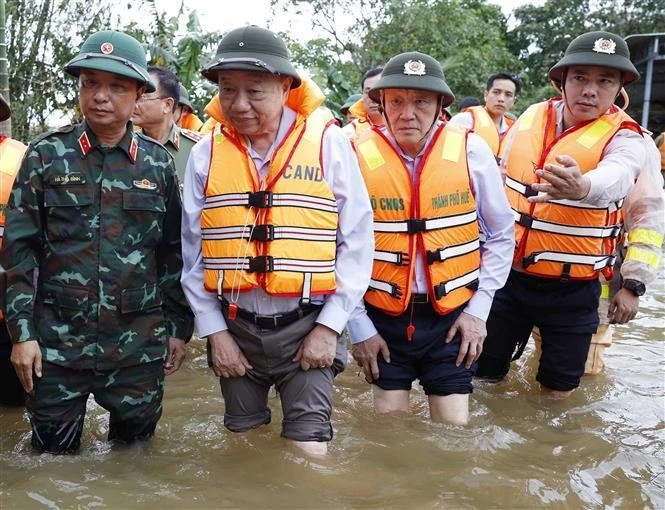The former five gateways to the city are now wide open with new bridges and roads to help Hanoi advance further and faster.
There are now many options to travel from the city centre to Noi Bai Airport, which is accessible via Thang Long Bridge, or the route via Chuong Duong Bridge, Dong Tru Bridge and Vo Nguyen Giap Street. Recently Au Co Street was expanded to six lanes to offer one more rapid route to the airport via Nhat Tan Bridge.
Both those living in Hanoi and those only visiting the city occasionally share the same feelings about the capital city’s changes, especially its synchronous and modern transport infrastructure. That is the result of the care of the central and municipal governments, which have poured investment into modernising the infrastructure, especially the ring road system, radial roads and bridges, as well as efforts to enhance the public transport capacity and social infrastructure.
Nguyen Phi Thuong, Director of the Hanoi Department of Transport, shared that the transport system is regarded as the blood vessels of the economy and the face of urban development. Therefore, the city has focused resources on developing a modern transport infrastructure to meet the people’s travel demands.
Currently Hanoi boasts seven radial roads with a total length of 111 kilometres and eight radial national highways with a total length of 244 kilometres. The city has also completed 132/285 kilometres of seven ring roads. Many important expressways linking the capital city with surrounding provinces such as Hanoi-Lao Cai, Hanoi-Hai Phong and Phap Van-Cau Gie have boosted the exchange of goods and culture, and helped affirm the capital city’s position and development.
Notably, the fourth ring road, which has a strategic role for the whole capital region, is taking shape after more than one year of construction. Once completed, it will open tremendous opportunities for both Hanoi and the wider Red River Delta region.
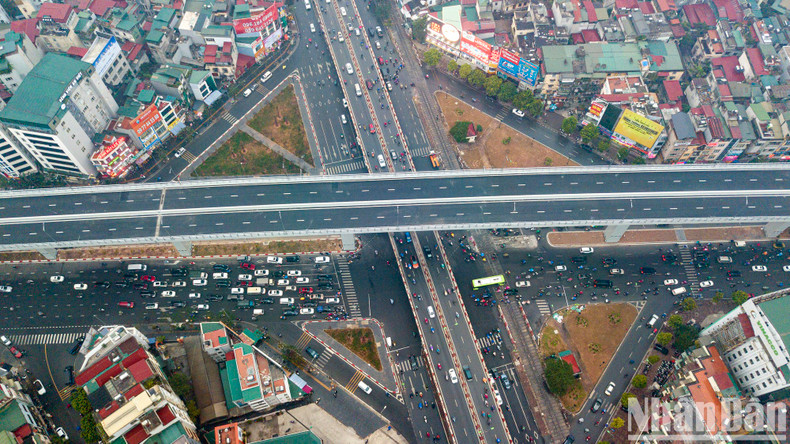 |
| A key road intersection in Hanoi. |
At the same time, the city has also completed a number of key urgent transport projects such as the Nhat Tan-Cau Giay and Vinh Tuy-Nga Tu So sections on the second ring road, the O Dong Mac-Nguyen Khoai section on the first ring road, the Mai Dich-Nam Thang Long section of the third ring road, the 3.5 ring road from Thang Long Boulevard to National Highway 32, and some other projects aiming to ease congestion in the city centre.
With the 70th anniversary of the liberation of Hanoi, some important transport projects have also been put into service, such as the extended Le Quang Dao Street and the route from Nguyen Van Cu Street to the Ngoc Thuy resettlement area.
From the times when there were only Long Bien and Duong Bridges, which were built during the French colonial period, and Chuong Duong and Thang Long Bridges, which were inaugurated in the 1980s, Hanoi now has many large bridges crossing the Red River, such as Thanh Tri, Vinh Tuy, Nhat Tan and Dong Tru.
In the coming years, Hanoi will build a series of new bridges, including in Hong Ha, Van Phuc, Thuong Cat, Tu Lien, Tran Hung Dao, Ngoc Hoi and Me So to enhance connectivity.
Thuong Cat Bridge, for example, will link the city centre with Dong Anh District and Me Linh District in the north, while Van Phuc Bridge will connect Hanoi with Vinh Phuc Province on a north-south axis.
In the sphere of public transport, the city has a fleet of 1,900 buses across 128 subsidised routes, covering all 30 districts and towns. Of which 282 vehicles are electric or CNG-powered vehicles, accounting for 14.8% of the fleet.
The operation of electric buses has helped reduce carbon dioxide emissions by nearly 36,000 tonnes. The city has set the target to have 70-90% of all buses using electricity and green energy by 2030, and 100% by 2035.
Hanoi is also the first city in Vietnam to have a metro system with the launch of Line 2A (Cat Linh-Ha Dong Line) in November 2021, which opened a new era of mass rapid transit. After nearly three years in service, the line has served over 28 million passengers with absolute safety.
Overcoming the initial doubt, today tens of thousands of passengers are using metro everyday as their main mode of transport. And in August 2024, the second metro line (Nhon-Hanoi Station Line) was put into operation. After just one month, the line has served 1.3 million passengers, helping to ease congestion in the capital city.
This is an important foundation for Hanoi to continue investing further in its metro system to serve its residents and meet the capital city’s rapid development needs in the future.


